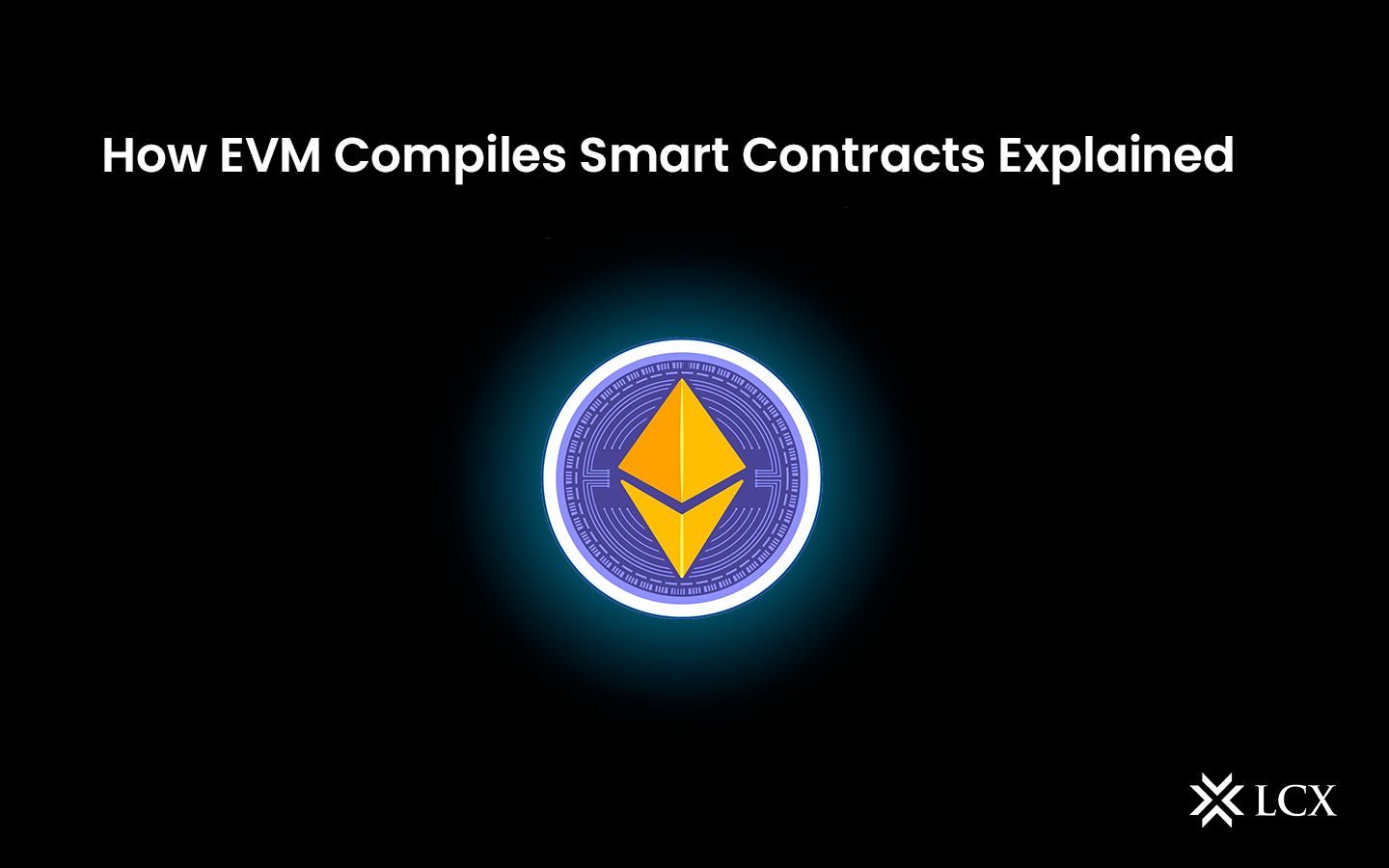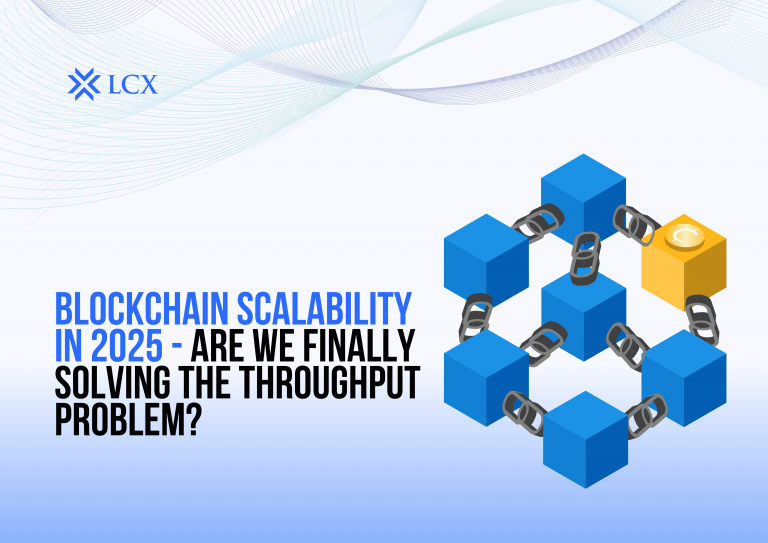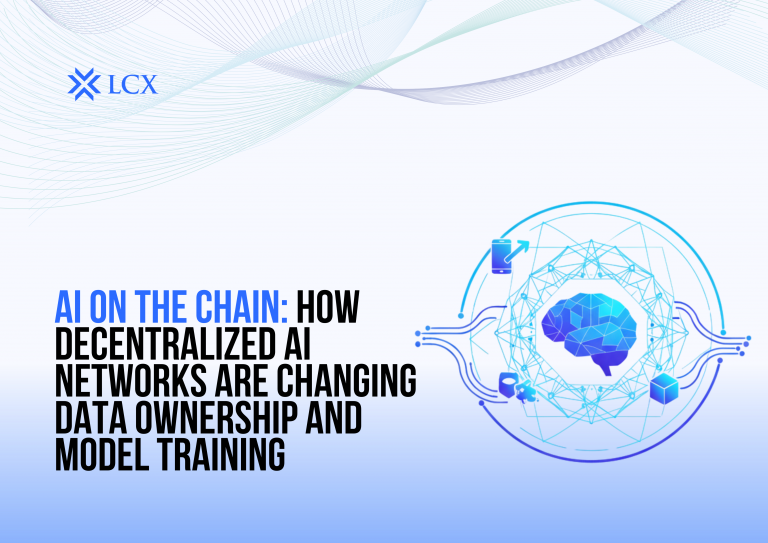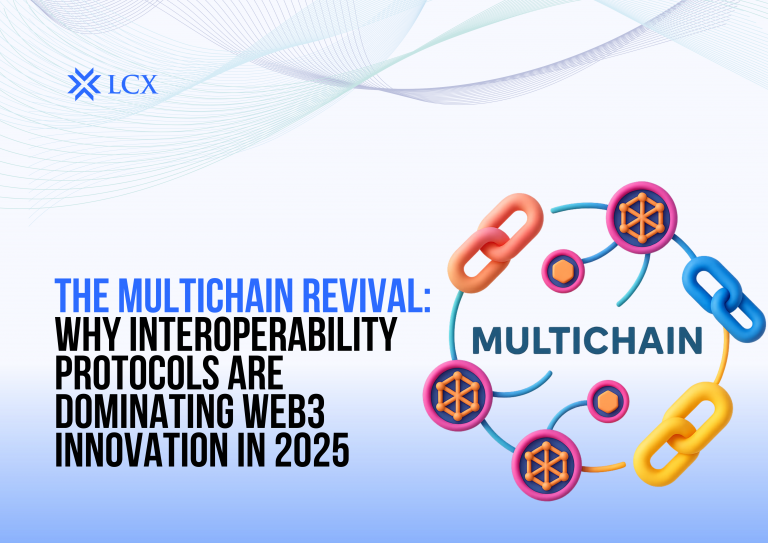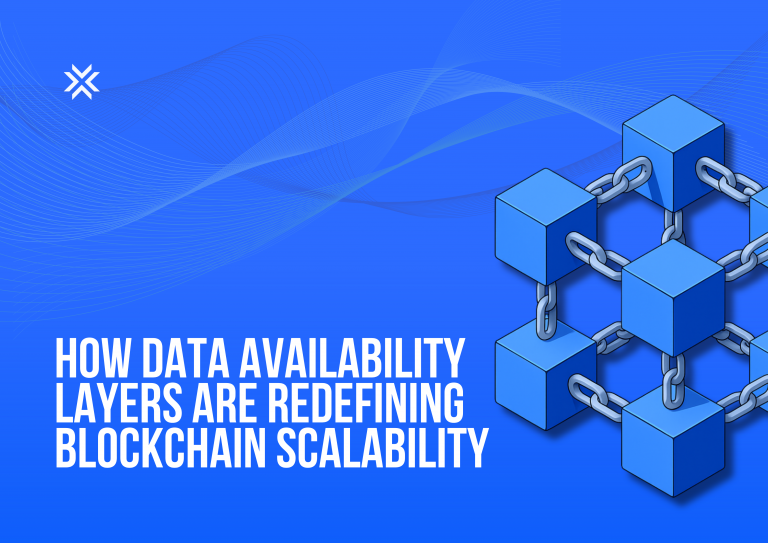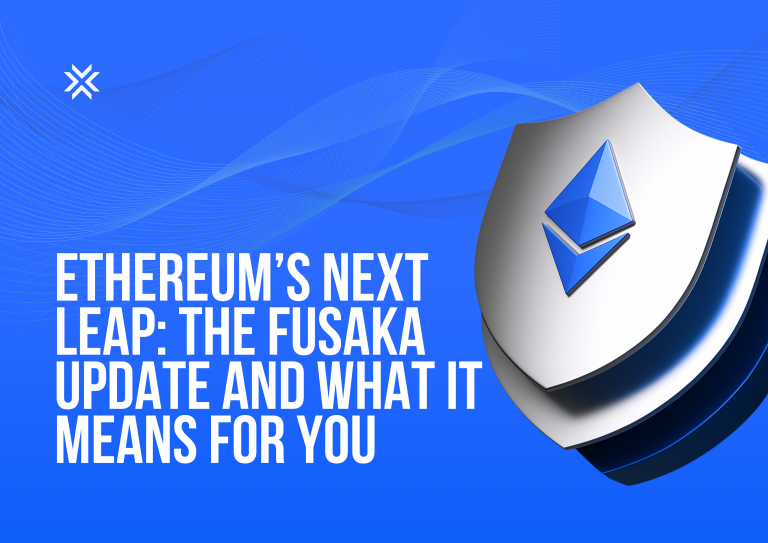Ethereum, within blockchain technology and Web3, has emerged as a frontrunner, enabling the creation of decentralized applications (DApps) and smart contracts. At the heart of Ethereum’s functionality lies the Ethereum Virtual Machine (EVM), a powerful execution environment that facilitates the deployment and execution of smart contracts.
In this comprehensive guide, we will delve into the intricacies of how the EVM compiles and executes smart contracts, shedding light on the underlying processes that drive decentralized applications on the Ethereum network.
Understanding the Ethereum Virtual Machine (EVM):
The Ethereum Virtual Machine is a crucial component of the Ethereum blockchain, acting as a runtime environment for executing smart contracts. It is a Turing-complete, stack-based virtual machine that processes bytecode – a set of instructions compiled from high-level programming languages like Solidity. Smart contracts, written in languages like Solidity, are compiled into bytecode before being deployed to the Ethereum blockchain.
Smart Contract Compilation
Solidity as the Preferred Language: Solidity, the contract-oriented programming language of Ethereum, is frequently employed in the development of smart contracts. Contracts are written by developers in Solidity, a language that is tailored particularly for the EVM.
Compilation Process
Bytecode is generated during compilation of the Solidity code; it is a low-level representation that the EVM can comprehend. The process of compilation is commonly executed utilizing applications such as the Solidity compiler (solc), which yields a bytecode file for the Ethereum Virtual Machine.
Deploying Smart Contracts
To deploy a smart contract, a transaction must be initiated at the contract creation address, which is a unique address devoid of any pre-existing code. The bytecode of the smart contract and any necessary initialization data are included in this transaction.
Mining and Consensus
The Ethereum network’s miners verify and append the transaction to a block. Upon its addition to the blockchain, this block guarantees agreement regarding the current state of the network.
Execution of the EVM
Gas is a metric that Ethereum implements to quantify computational effort. Gas is consumed in proportion to each operation of a smart contract. In order to maintain network stability and prevent infinite cycles, the gas limit for a transaction is established.
Transaction Execution
In the EVM, miners execute the smart contract bytecode. As the contract is executed, gas is consumed; if the gas limit is reached prior to contract completion, the transaction is reverted and the state returns to its initial state.
State Changes and Storage
Smart contracts based on Ethereum have the capability to store mutable and immutable state variables on the blockchain. Mutable variables are susceptible to modification during contract execution, whereas immutable variables are initialized during contract deployment.
Storage and Memory
The EVM stores data in three distinct locations: storage, memory, and the stack. While memory is temporary and is cleared between function invocations, storage remains intact. Additionally, the stack retains tiny local variables.
Transaction Finalization
Upon the completion of the smart contract implementation, a transaction receipt is produced. The gas utilized, the contract address, and any records generated during execution are detailed on this receipt.
Event Logging
Events can be emitted by smart contracts while they are being executed. External applications may monitor these events, which are recorded on the blockchain, in order to trace particular activities within the contract.
Conclusion
The Ethereum Virtual Machine plays a pivotal role in the execution of smart contracts on the Ethereum network. From the compilation of high-level programming languages to the deployment and execution of bytecode, the EVM ensures the secure and decentralized execution of smart contracts.
As blockchain technology continues to evolve, a deep understanding of the Ethereum Virtual Machine is essential for developers and enthusiasts alike, providing insights into the inner workings of decentralized applications and the broader blockchain ecosystem.
